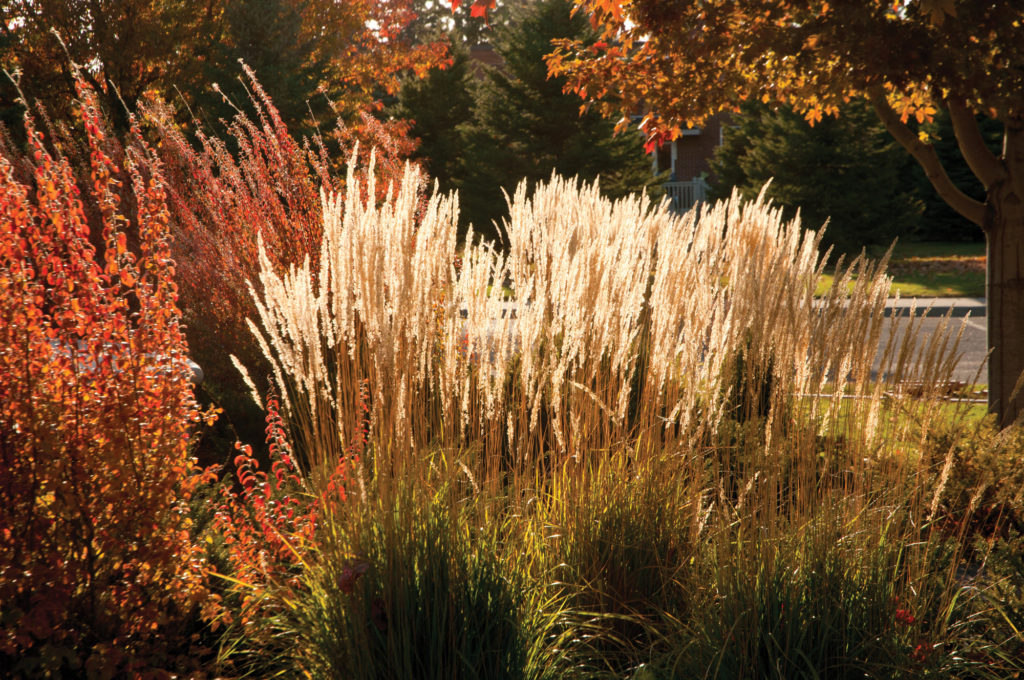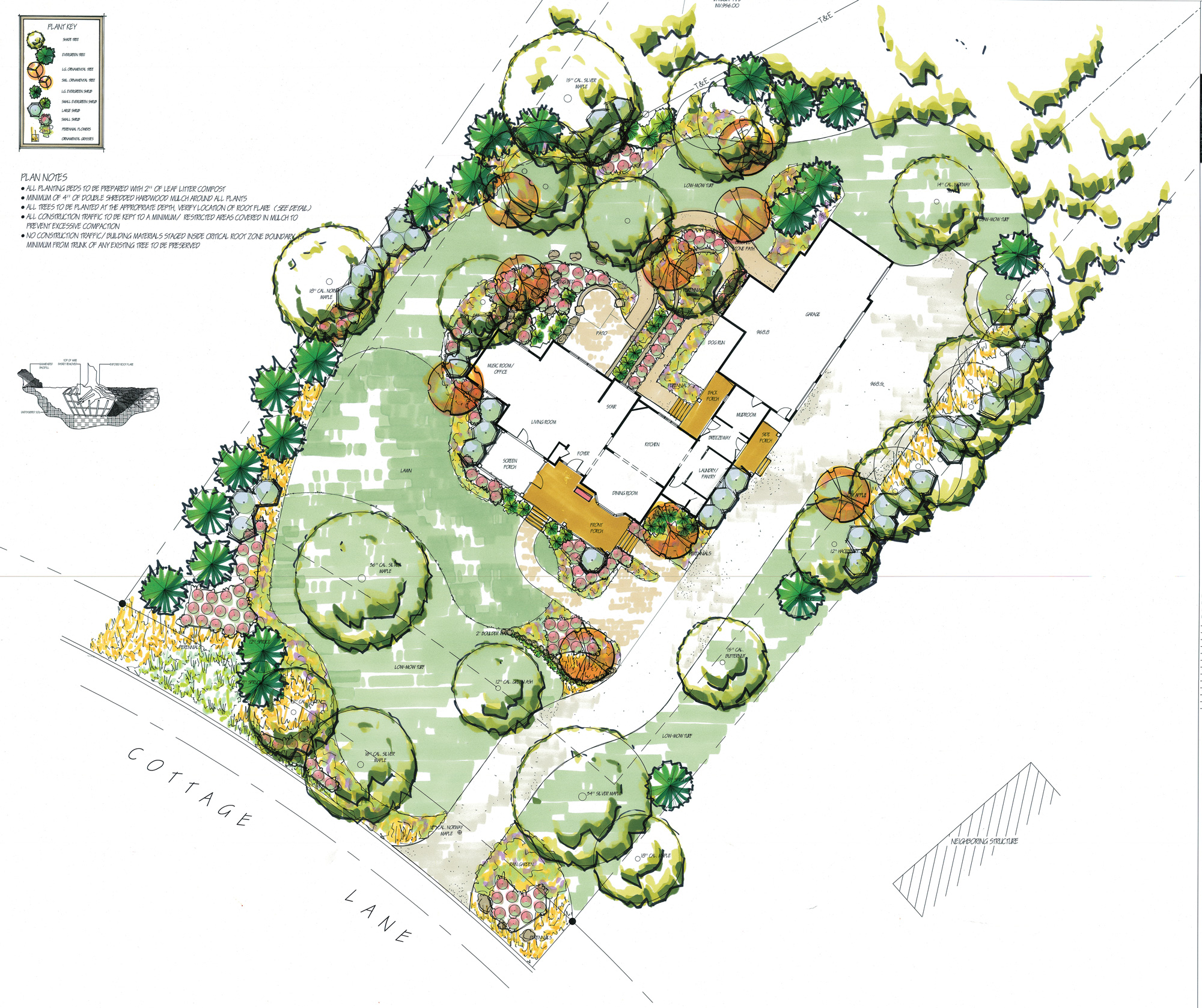In this time of increasing environmental awareness, many of us want to affect change on a personal level. For most of us the choices seem obvious; installing solar panels on our roofs, utilizing geothermal heating in our homes or opting for an electric vehicle for our commute. These are all worthwhile investments, however there are other ways to affect change that are perhaps a little more subtle yet have a positive effect on the environment and our lives in a huge way.
One way to do this is by transitioning to urban space away from the traditional American lawn towards something more akin to natural spaces like prairies and meadows. Why would one want to give up lawn space you ask? The average Minnesotan spends about 40 hours a year maintaining their lawn. The most recent data available puts the American lawn covering over 40 million acres of land, a space about the size of the entire state of Texas. Assuming all 40 million acres is evenly watered, it consumes about 60 million acre-feet of water per year. One acre-foot is about 326,000 gallons of water. Add the fact that fertilizer use in America is at an all time high with over 221 million tons used per year, then consider it currently takes almost 2.2 billion gallons of gas per year to keep all that space mowed and it becomes easy to see this trend is unsustainable.
Despite the obvious benefits of significantly reducing this cycle of emissions and consumption, there are substantial health benefits for us as well. A recent study published in 2017 found that 27% of depression cases could be prevented by spending five hours or more every week in a garden. In 2013, another study reported proximity to green space correlates to a reduction in cortisol (stress hormone) levels. Plants positively impact breathing, heart rate, digestion, etc. and increase immune function. Walks in the forest decrease inflammatory cytokine (proteins, peptides or glycoproteins secreted by cells in our immune system) levels.
The case for meadows and prairies in our urban landscape is clear. But it is more than just data, as John Greenlee (one of the forefathers of the American meadow lawn) says, “Meadows are about sky and light; each is an open invitation to lie back in the grass and watch the clouds overhead. Watch the light change, and watch the grasses changing with it: no other plants catch light quite like grasses. . . Meadows are all about being in them.”
As homeowners we all have choices and many of us choose to do what feels familiar, most simple or least time consuming. Most of us grew up with a manicured lawn, sheared hedges and one or maybe two trees in our front yard of expansive lawn. This is what we know, it’s what our neighbors do, therefore we should do it too. But in light of all this new data, views are changing, cities are adapting and many homeowners are seeking out new and timeless aesthetics.

Process of Patience
Setting realistic expectations for the project is the first part of the process of converting to a meadow lawn or prairie. It is easy to get lost in images of beautiful landscapes. Colorful flowers and masses of grasses are very alluring. It takes patience to achieve a beautiful and lasting low-input lawn or prairie. Three years is the minimum time scale for a fully established meadow or prairie installation. This is, of course, site dependent as sun exposure, soil conditions and topography all play a role in its success. Keeping up with weed control and periodic mowing to assist in vegetative establishment can seem like a bit of a bear at times. Rest assured your efforts will pay off in the end.
When it comes to planting or seeding, timing is critical. Seedings should be targeted for early spring or late fall. If planting plugs, fall is ideal but it can be done at any time during the growing season as long as water is provided in sufficient amounts. Once the meadow or prairie has been planted/seeded, providing adequate moisture is critical. Working with an experienced irrigation specialist may be one of the best investments you’ll make in your journey towards a luxurious and sustainable meadow or prairie.
In the first full year of establishment, weeding, feeding and mowing will be the three most important activities. Never allow weeds to proliferate. Feed proactively not reactively. If you want your plants to thicken and spread, cut or mow them down. Mowing encourages tillering, branching or the production of side shoots. Cutting grasses causes them to thicken. Care of seedlings is a little different as they are a bit more fragile than plugs. Once your meadow or prairie is established fertilizing can be slowed or suspended altogether to help slow growth to a more sustainable level.
Maintenance over the years will shift away from providing additional resources towards editing certain species that tend to dominate. As a meadow or prairie ages its dynamics change. Certain nutrients are consumed or soil structure may alter allowing one plant or another to proliferate more than others in a given area. As the meadow or prairie matures, layers can be created through editing or adding accent plants. Like highlights in a painting, these accent plants serve to call attention to themselves or compliment a garden or architectural feature.
If you’re considering creating a prairie, meadow or other native space please take the time to educate yourself or hire a professional with experience in constructing the type of green space that interests you most. You’ll take pride in the knowledge of having made a difference in a way that is meaningful for you, your family and the planet for generations.
Green Slate Design has a passion for meadow lawns, prairies and other native spaces. Green Slate strives to create diverse environments for their clients and all inhabitants.
Green Slate Design LLC
952-903-4902
www.greenslatedesign.com







